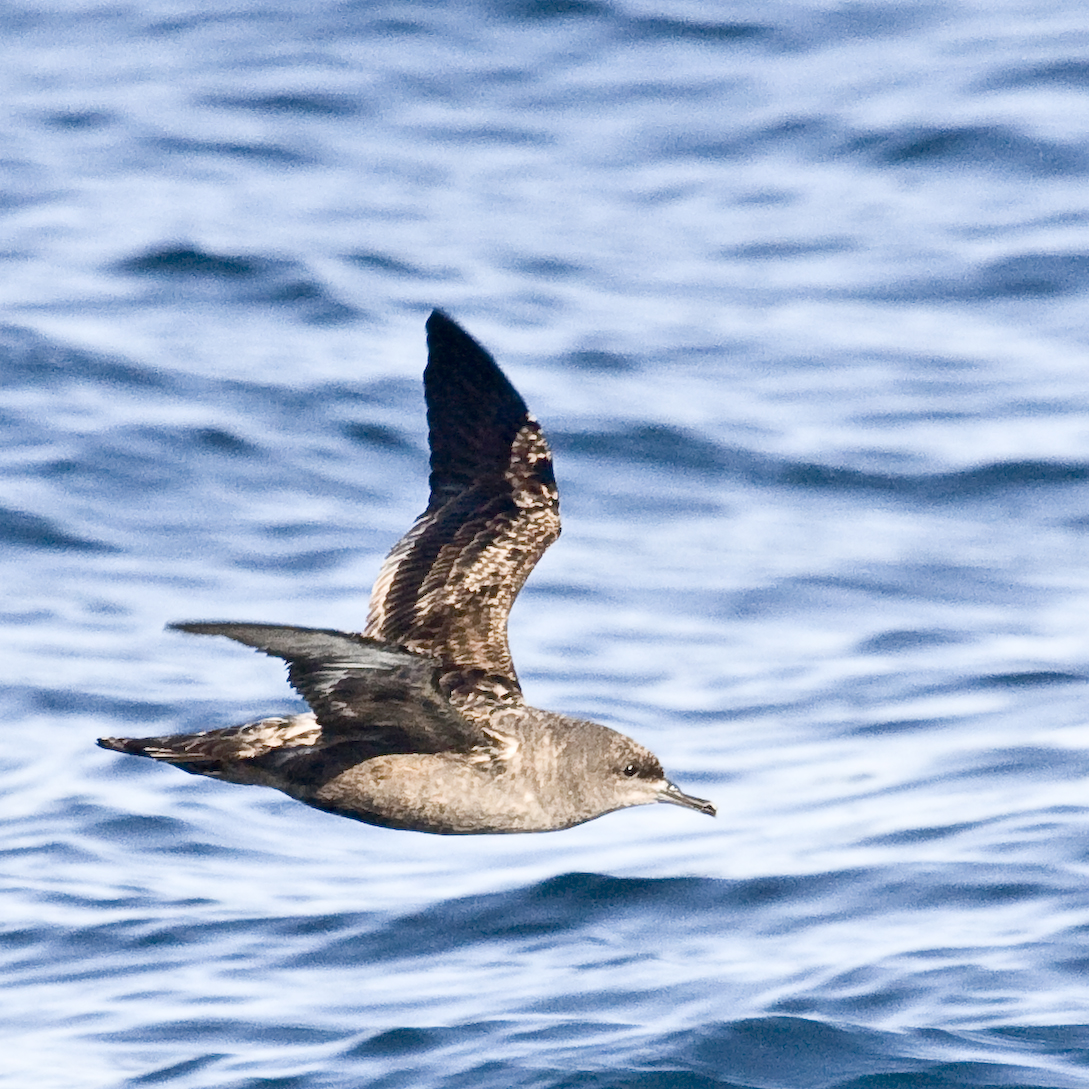Big South Cape Island on:
[Wikipedia]
[Google]
[Amazon]
Big South Cape Island or Taukihepa is an offshore island of
 Maori muttonbirders had traditionally visited the island each summer to hunt
Maori muttonbirders had traditionally visited the island each summer to hunt
Natural History New Zealand
– ''Island Eaten by Rats'', a television programme about the rat problem {{DEFAULTSORT:Taukihepa Big South Cape Island Stewart Island Island restoration Islands of Southland, New Zealand
New Zealand
New Zealand ( mi, Aotearoa ) is an island country in the southwestern Pacific Ocean. It consists of two main landmasses—the North Island () and the South Island ()—and over 700 smaller islands. It is the sixth-largest island count ...
to the west of the southern tip of Stewart Island / Rakiura
Stewart Island ( mi, Rakiura, ' glowing skies', officially Stewart Island / Rakiura) is New Zealand's third-largest island, located south of the South Island, across the Foveaux Strait. It is a roughly triangular island with a total land ar ...
. The island has no permanent inhabitants but muttonbirders visit the island to catch the sooty shearwater
The sooty shearwater (''Ardenna grisea'') is a medium-large shearwater in the seabird family Procellariidae. In New Zealand, it is also known by its Māori name , and as muttonbird, like its relatives the wedge-tailed shearwater (''A. pacificus ...
, known in New Zealand as a "muttonbird".
Māori
Māori or Maori can refer to:
Relating to the Māori people
* Māori people of New Zealand, or members of that group
* Māori language, the language of the Māori people of New Zealand
* Māori culture
* Cook Islanders, the Māori people of the C ...
named the island "Taukihepa" and Europeans, who arrived later, called it "Big South Cape". The island was given dual names in 2001 as part of a Treaty of Waitangi
The Treaty of Waitangi ( mi, Te Tiriti o Waitangi) is a document of central importance to the History of New Zealand, history, to the political constitution of the state, and to the national mythos of New Zealand. It has played a major role in ...
settlement with Ngāi Tahu
Ngāi Tahu, or Kāi Tahu, is the principal Māori (tribe) of the South Island. Its (tribal area) is the largest in New Zealand, and extends from the White Bluffs / Te Parinui o Whiti (southeast of Blenheim), Mount Mahanga and Kahurangi Point ...
.
The island is the largest of a group of islands off the southwestern coast of Stewart Island / Rakiura, from which it is separated by a wide channel. Surrounding smaller islands include Poutama Island to the south, Putauhina Island and the Putauhina Nuggets to the northwest, and Solomon Island to the north. The island rises to a height of at its centre, and numerous small streams run to the coast. Named features on the island include two inlets – Murderers Cove in the central east coast and Puwai Bay in the island's southwest. It has an area of about .
Rat invasion
 Maori muttonbirders had traditionally visited the island each summer to hunt
Maori muttonbirders had traditionally visited the island each summer to hunt sooty shearwater
The sooty shearwater (''Ardenna grisea'') is a medium-large shearwater in the seabird family Procellariidae. In New Zealand, it is also known by its Māori name , and as muttonbird, like its relatives the wedge-tailed shearwater (''A. pacificus ...
s (muttonbirds) that came to nest on the island in the spring. In March 1964, muttonbirders arrived to find the island had been devastated by the effect of rats that were causing one of New Zealand's greatest ecological disasters of the twentieth century. Previously free of mammalian predators, the ecology of the island was devastated in a matter of years and many endemic species of bird (some flightless) were driven to extinction. The surviving biomass of insect and bird life has been heavily reduced. An eradication programme was initiated to rid the island of rats and the island was rat-free again in 2006.
Animals that became extinct
Despite intervention by the New Zealand Wildlife Service that trapped and transferred some surviving birds to other, rat free, off-shore islands, two species of bird did not survive and became extinct. These were Stead's bush wren and theSouth Island snipe
The South Island snipe (''Coenocorypha iredalei''), also known as the Stewart Island snipe or tutukiwi in Māori, is an extinct species of bird in the sandpiper family Scolopacidae that was endemic to New Zealand.
Taxonomy and etymology
Determ ...
. The New Zealand greater short-tailed bat also became extinct.
See also
*Conservation in New Zealand
Conservation in New Zealand has a history associated with both Māori and Europeans. Both groups of people caused a loss of species and both altered their behaviour to a degree after realising their effect on indigenous flora and fauna.
Protected ...
* List of Antarctic and subantarctic islands
* List of islands of New Zealand
New Zealand consists of more than six hundred islands, mainly remnants of a larger land mass now beneath the sea. New Zealand is the seventh-largest island nation on earth, and the third-largest located entirely in the Southern Hemisphere. Th ...
* New Zealand Subantarctic Islands
The New Zealand Subantarctic Islands comprise the five southernmost groups of the New Zealand outlying islands. They are collectively designated as a UNESCO World Heritage Site.
Most of the islands lie near the southeast edge of the largel ...
References
External links
Natural History New Zealand
– ''Island Eaten by Rats'', a television programme about the rat problem {{DEFAULTSORT:Taukihepa Big South Cape Island Stewart Island Island restoration Islands of Southland, New Zealand